The Four Gospels
Commentary on the Holy Scriptures
of the New Testament
Volume I
Archbishop Averky (Taushev)
Translated from the Russian
by Nicholas Kotar
Holy Trinity Seminary Press
Holy Trinity Monastery
Jordanville, New York
2015

Printed with the blessing of His Eminence, Metropolitan Hilarion First Hierarch of the Russian Orthodox Church Outside of Russia

The Four Gospels
2015 Holy Trinity Monastery


ISBN: 978-1-942699-00-2 (hardback)
ISBN: 978-1-942699-05-7 (ePub)
ISBN: 978-1-942699-06-4 (Mobipocket)
Library of Congress Control Number 2015933220
Scripture passages taken from the New King James Version.
Copyright 1982 by Thomas Nelson, Inc. Used by permission.
All rights reserved.
Printed in the United States of America

C ONTENTS

P REFACE
It should be self-evident that I have used first and foremost all of the exegetical works of the Holy Fathers, especially St John Chrysostom and Blessed Theophylact of Bulgaria, as well as the interpretations of Scripture (based on patristic sources) provided in the Holy Trinity Periodical, published before the Revolution in Russia and The Patristic Exegesis of the Gospel of Matthew, which was published by the journal Eternal Things, edited by Bishop Methodius these past few years in Paris, in three volumes.
Without aiming for any particular scholarly goals, I intended to give readers and those who study the New Testament a key to understanding and interpreting the Scriptures according to the teachings of the Orthodox Church. Such a handbook, considering the general scarcity of books and publications of this nature, could at least partially replace all the previous Russian prerevolutionary textbooks and guides. I beg the reader to be lenient in assessing my work since I never had the opportunity to wholeheartedly give myself to it, as such a lofty subject would require, working on it only sporadically. But even for such an opportunity I thank God, hoping that my work will not be without usefulness, and I ask every reader to pray for me.
Archbishop Averky
Editors Note: This text emerged from lecture notes. The translator and editors did not always have access to the same editions of the Russian language books used by the author. Furthermore, not all of these works exist in English translation, and where they do it is not always possible to cite a corresponding reference. Additionally, the author followed a Russian cultural and intellectual practice in which it is not considered essential to give all details of the source material but simply an indication of its origins.
Therefore the bibliography and endnotes at the end of this English edition are listed to facilitate the readers understanding or indicate as closely as possible a source for further reading and study.

I NTRODUCTION
W HAT I S THE N EW T ESTAMENT ?
The New Testament is the collection of holy books that comprise the part of the Holy Bible that appeared in the world after the birth of Christ. These books were written by the disciples and apostles of the Lord Jesus Christ, inspired by the Holy Spirit.
T HE P URPOSE FOR W RITING THE B OOKS OF THE N EW T ESTAMENT AND T HEIR C ONTENT
The books of the New Testament were written by the holy apostles with the intention of describing the salvation of mankind, accomplished by the incarnate Son of Godour Lord Jesus Christ. In keeping with this great purpose, they tell us of incredible eventsthe Incarnation of the Son of God, His earthly life, His teachings, the miracles He performed, His redeeming suffering and death on the cross, His all-glorious resurrection from death and ascension into heaven, the first period of the spread of Christs faith through the holy apostles. They also explain the teaching of Christ in its multifaceted application to life, and they further warn us of the final days of the world and mankind.
T HE N UMERATION , N AMES, AND O RDER OF THE B OOKS OF THE N EW T ESTAMENT
There are twenty-seven books in the New Testament. Their names and order are as follows (note: this order follows the Russian synodal translation):
1. The Holy Gospel according to Matthew
2. The Holy Gospel according to Mark
3. The Holy Gospel according to Luke
4. The Holy Gospel according to John
5. The Acts of the Apostles
6. The General Epistle of the Holy Apostle James
7. The First General Epistle of the Holy Apostle Peter
8. The Second General Epistle of the Holy Apostle Peter
9. The First General Epistle of the Holy Apostle John the Theologian
10. The Second General Epistle of the Holy Apostle John the Theologian
11. The Third General Epistle of the Holy Apostle John the Theologian
12. The General Epistle of the Holy Apostle Jude
13. St Pauls Epistle to the Romans
14. St Pauls First Epistle to the Corinthians
15. St Pauls Second Epistle to the Corinthians
16. St Pauls Epistle to the Galatians
17. St Pauls Epistle to the Ephesians
18. St Pauls Epistle to the Philippians
19. St Pauls Epistle to the Colossians
20. St Pauls First Epistle to the Thessalonians
21. St Pauls Second Epistle to the Thessalonians
22. St Pauls First Epistle to Timothy
23. St Pauls Second Epistle to Timothy
24. St Pauls Epistle to Titus
25. St Pauls Epistle to Philemon
26. St Pauls Epistle to the Hebrews
27. The Book of Revelation (the Apocalypse) of St John the Theologian
T HE D IVISION OF THE B OOKS OF THE N EW T ESTAMENT
All the books of the New Testament together are usually simply called the New Testament, as if in opposition to the Old Testament, because these books comprise the new commandments and new promises of God to men. They are in fact a new covenant, or union of God with mankind, established on the Blood of the only mediator between God and manJesus Christ, Who came into the world and suffered for our sake ( Luke 22:20; 1 Tim 2:5; Heb 9:1415 ).
The books of the New Testament are divided into the Gospel and the Epistle. The first four books are the Tetraevangelium, or just the Gospels, because they contain the good news (the word Gospel in the original Greek means good news) of the coming into the world of the divine Redeemer promised by God to our forefathers, and of His great work of the salvation of mankind.
All the other books of the New Testament are often combined and called the Epistles (in Russian, at least) because they contain the works referring to the Acts of the Apostles and their instructions, given to the first Christians.
T HE D IVISION OF THE B OOKS OF THE N EW T ESTAMENT A CCORDING TO T HEIR C ONTENT
According to their content, the books of the New Testament are usually divided into the following four sections:

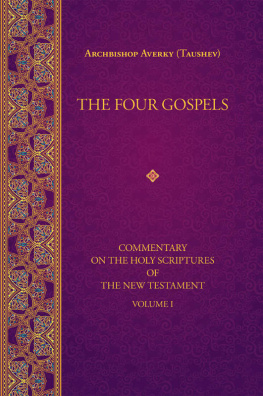
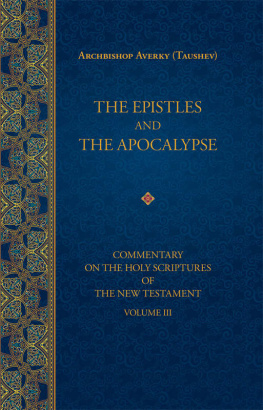

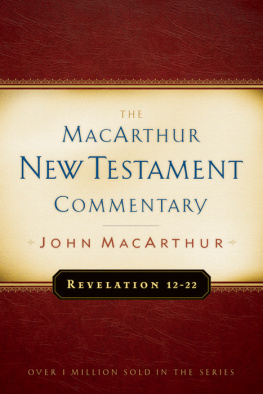
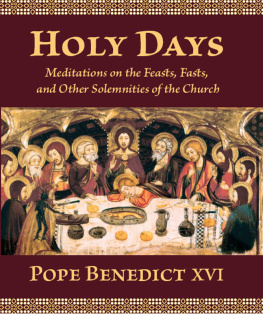


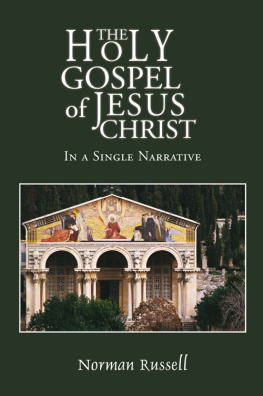
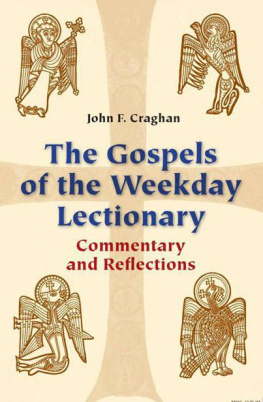

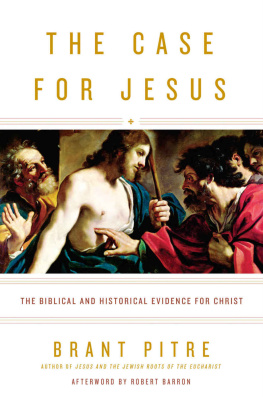



 C ONTENTS
C ONTENTS